Towards a New Narrative of Identity: First Principles of Unique Self Realization (Dr. Marc Gafni)
First 4 Chapters of the Book Your Unique Self
Ken Wilber writes about Your Unique Self:
DR. MARC GAFNI’S INTEGRAL UNIQUE SELF TEACHING IS SEMINAL. What you hold in your hands is a radically exciting and ground-breaking book that will change forever not only how you think about enlightenment, but how you understand, from a post-metaphysical perspective, the very nature of human life itself. The Unique Self work is magnificent, and it belongs among the “great books.” It offers what may arguably be one of the most significant contemporary evolutions of enlightenment teaching. Unique Self brings together East and West in a higher integral embrace of stunning implications. Unique Self is a pivotal step toward an authentic Enlightenment.
Read the essay below or download the PDF.
Towards a New Narrative of Identity: First Principles of Unique Self Realization
by Dr. Marc Gafni (An Excerpt from Your Unique Self)
Foreword by Ken Wilber
MARC GAFNI’S INTEGRAL UNIQUE SELF TEACHING IS SEMINAL. What you hold in your hands is a radically exciting and ground-breaking book that will change forever not only how you think about enlightenment, but how you understand, from a post-metaphysical perspective, the very nature of human life itself. The Unique Self work is magnificent, and it belongs among the “great books.” It offers what may arguably be one of the most significant contemporary evolutions of enlightenment teaching. Unique Self brings together East and West in a higher integral embrace of stunning implications. Unique Self is a pivotal step toward an authentic Enlightenment.
The teaching in this book has been evolved primarily by Marc Gafni for over three decades and draws from his own realization, insight, and the enlightenment lineage in which he stands. In Gafni’s reading of this lineage, brilliantly articulated in his three-volume opus, Radical Kabbalah: The Enlightenment Teaching of Unique Self, Nondual Humanism and the Wisdom of Solomon, (forthcoming) which I read in several highly excited nights, Unique Self is a nondual realization of Unique Perspective. This realization expresses itself both as the Unique Perspective on a text and as the Unique Perspective of the realized individual—what Gafni terms, in Lainer’s thought, the Judah Archetype, whose perspective is a unique incarnation of unmediated divinity and therefore overrides all previous text, including even the Torah itself. In essence, the realized individual, whose True Self has been disclosed, expresses that True Self through his or her Unique Perspective—what Gafni originally termed “Unique Self.” Hence, what Gafni calls the nondual humanism of Unique Self is rooted in this equation, in my wording:
True Self + Perspective = Unique Self.
Unique Self brilliantly articulates the idea that within each of us is a post-egoic nondual realization of unique perspective, a unique incarnation of unmediated divinity. The Unique Self re-inhabits all the natural capacities of the human body-mind and all its multiple intelligences. It embraces its capacity for math, for music, for introspection, for love and interpersonal connection—all the talents and capacities given to human beings—with- out dismissing the True Self, the One Spirit condition that connects us all. Unique Self drenches and permeates the entire system of what is known as Eastern and Western forms of enlightenment.
The full crystallization of this New Enlightenment/Unique Self teaching that Dr. Gafni initiated, in which he and I have partnered, emerged through a series of many important dialogues that we had over nearly a decade. Through these dialogues, a highly significant new chapter in Integral Theory has emerged. These conversations were coupled with intensive dis- course that Marc and I had with other leading Integral Spiritual teachers and thinkers, including, initially, Diane Hamilton in a catalytic role and later Sally Kempton. World Spirituality based on Integral principles is an entirely new lineage—a trans-path path. Unique Self models the emergent World Spirituality based on Integral principles in that it includes all the good stuff of previous paths, but adds a whole new level of emergence. And that is something that is extraordinary, historic, and not to be denied.
A Note to the reader
WELCOME.
THIS SHORT NOTE IS TO HELP YOU EASILY NAVIGATE THIS BOOK.
Please do not skip this note. It will guide you through the book.
There are two different ways to read this book. Let’s call them Track One and Track Two. The first track is simply to follow the order of the chapters. The advantage of this approach is that Part One and Two unpack the core enlightenment teachings that ground the rest of the book. However— and this will be important for readers primarily interested in the practical application of these teachings—you can also choose to take another road through the book. Read the first three chapters, which will take you about one hour. Then, skip directly to Parts Three, Four and Five, which contain the chapters immediately applicable to your day-to-day life. These are the chapters on sacred autobiography, living your story, love, shadow, sexing, joy, evolutionary relationships and much more. Once you’ve read these, you can circle back and read the core framework teachings on Unique Self enlightenment in Parts One and Two, which will add profound depth to your understanding and embodiment of the latter part of the book.
Each part of this book deals in depth with a different dimension of Unique Self:
Part One lays down the core teaching or model of Unique Self enlightenment.
Part Two places the Unique Self model in a larger evolutionary context and unpacks a global vision of what it means to live your “evolutionary Unique Self.”
Part Three teaches you what it means to live your story and incarnate the infinite dignity of your sacred autobiography—or a Unique Letter in the evolving cosmic scroll.
Part Four deploys the Unique Self teaching toward a radical re-under- standing of Love, Joy, and Shadow in our lives. The sections of love and the two chapters on shadow are key as they significantly evolve our understanding of shadow integration, which is presently an essential but profoundly misunderstood dimension of the spiritual path.
Part Five offers a critical new understanding of sexuality and relation- ships in light of Unique Self. The section on sexing presents a new map of six forms of sexing, which re-orients and deepens the sexual in a significant way. The chapter on Unique Self encounters outlines seven principles of evolutionary Unique Self meetings, and it re-visions the essential nature and skill of all relationships.
Part Six deploys the Unique Self model in relation to parenting, malice, and death in a way that fundamentally changes our understanding of all three. And finally, the Epilogue places the realization of Unique Self in the context of the emergence of a Global Spirituality based on Integral principles.
Please use the table of contents and index. They are very detailed and will be helpful to you in identifying a particular topic you are called to or in finding a particular section after you have finished your first reading.
Last, there is a footnote section in the back that is particularly important for those interested in Integral Theory as it relates to Unique Self. If you are not a theory person or an academic intellectual type just skip the foot- notes. You do not need footnotes to get the point of the book. However, for those of you, myself included, who love footnotes, know that the footnotes contain academic and intellectual citations as well as deeper dives into the sources, the intellectual history of Unique Self, and the broader context of the conversation.
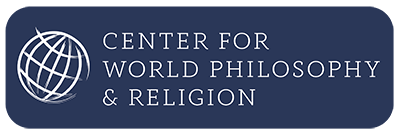
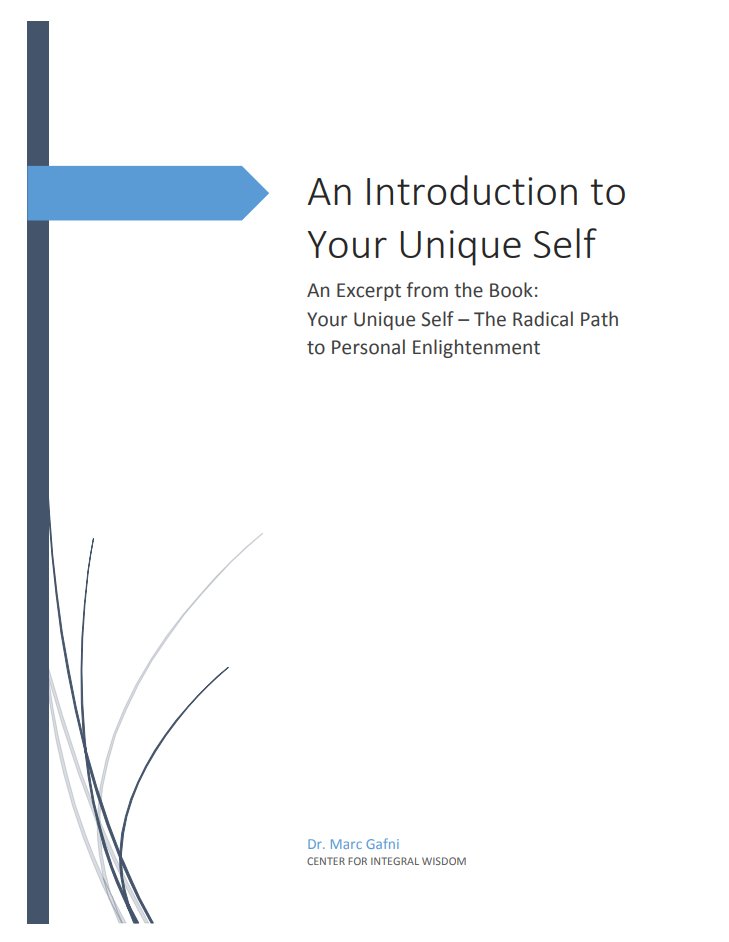
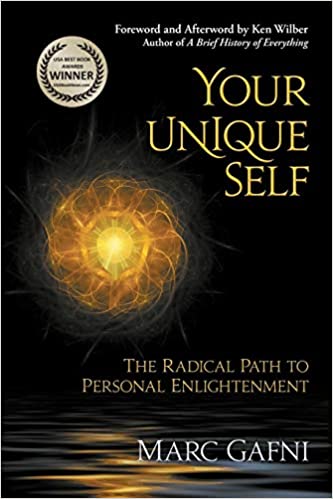
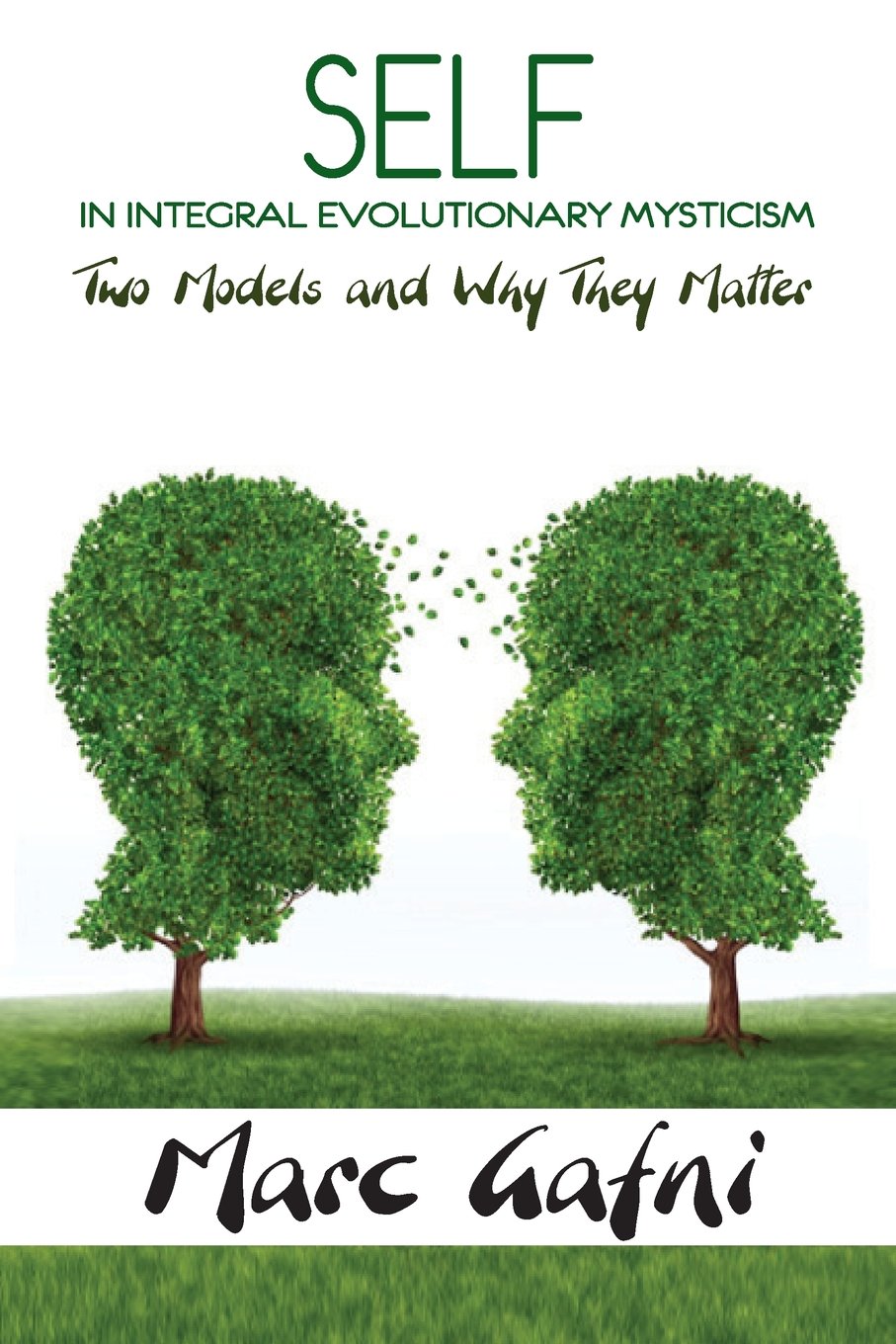
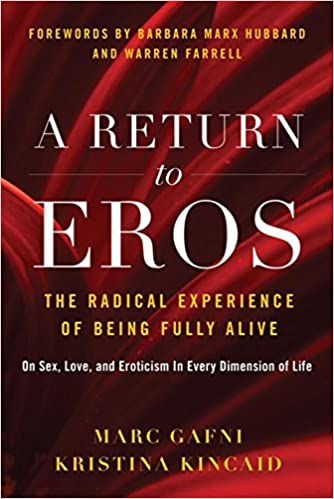
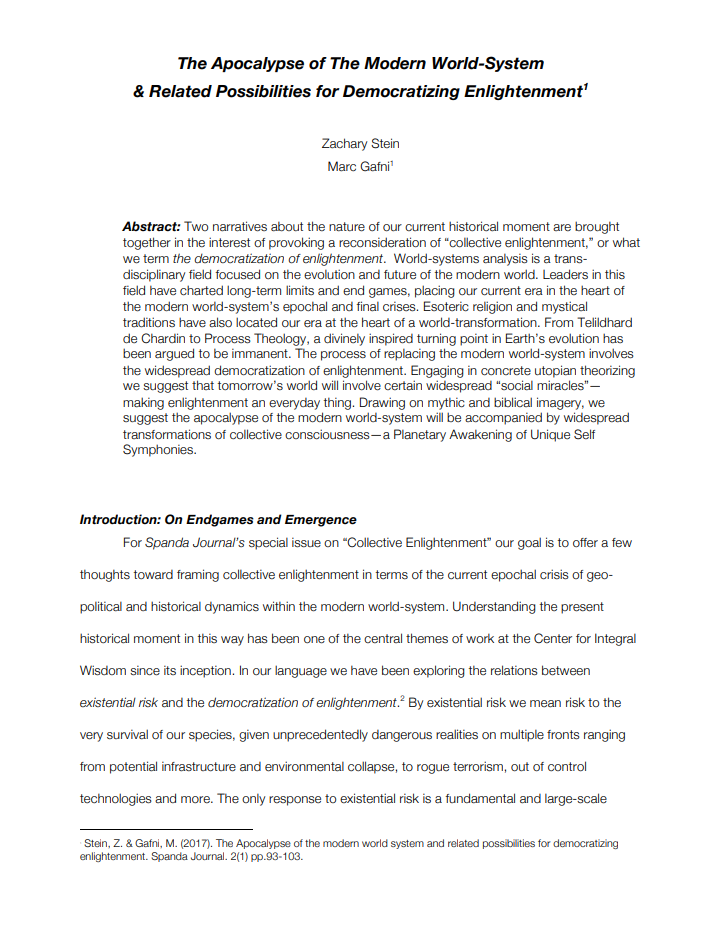


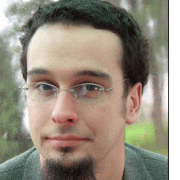
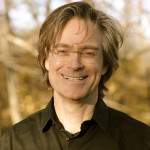 Abstract: Foreshadowing arguments from the forthcoming book, Towards a New Politics of Evolutionary Love, this paper suggests that humanity is in the throes of a species wide identity crisis, precipitated by a broadening awareness of our impending self-inflicted extinction. This growing awareness that humanity is responsible for its own fate and the fate of the planet is referred to as the second shock of existence. The second shock has spawned a great deal of discussion about the need for revolutions in technological, economic, and ecological infrastructures, yet this focus on exteriors addresses only half the picture. Comparable revolutions of our interiors must also take place—radical transformations in the very structure of our consciousness and species-wide self-understanding. This is a call for attending to the interior dimensions of the current global crises, recommending in the strongest possible terms that tremendous energy and resources be rechanneled into planning for the vast educational reconfigurations facing humanity in the coming decades.
Abstract: Foreshadowing arguments from the forthcoming book, Towards a New Politics of Evolutionary Love, this paper suggests that humanity is in the throes of a species wide identity crisis, precipitated by a broadening awareness of our impending self-inflicted extinction. This growing awareness that humanity is responsible for its own fate and the fate of the planet is referred to as the second shock of existence. The second shock has spawned a great deal of discussion about the need for revolutions in technological, economic, and ecological infrastructures, yet this focus on exteriors addresses only half the picture. Comparable revolutions of our interiors must also take place—radical transformations in the very structure of our consciousness and species-wide self-understanding. This is a call for attending to the interior dimensions of the current global crises, recommending in the strongest possible terms that tremendous energy and resources be rechanneled into planning for the vast educational reconfigurations facing humanity in the coming decades.
 In her recent white paper from January 2014
In her recent white paper from January 2014 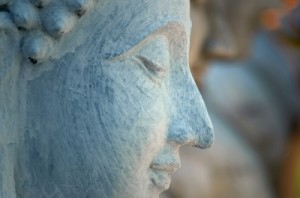 Contemplative practice can encourage the ability to focus and enter into a subject with minimal distraction and interruption. It can help a great deal with stress reduction.
Contemplative practice can encourage the ability to focus and enter into a subject with minimal distraction and interruption. It can help a great deal with stress reduction.
 Read this White Paper by Board Members
Read this White Paper by Board Members 



 By
By 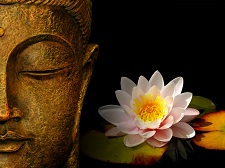 By
By